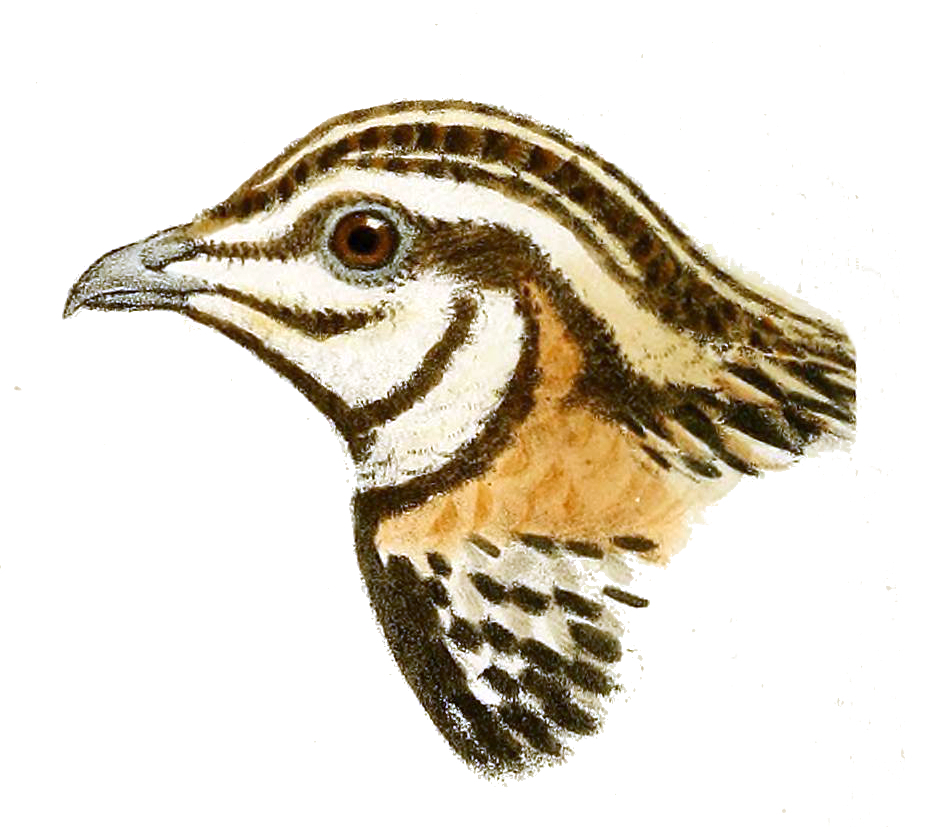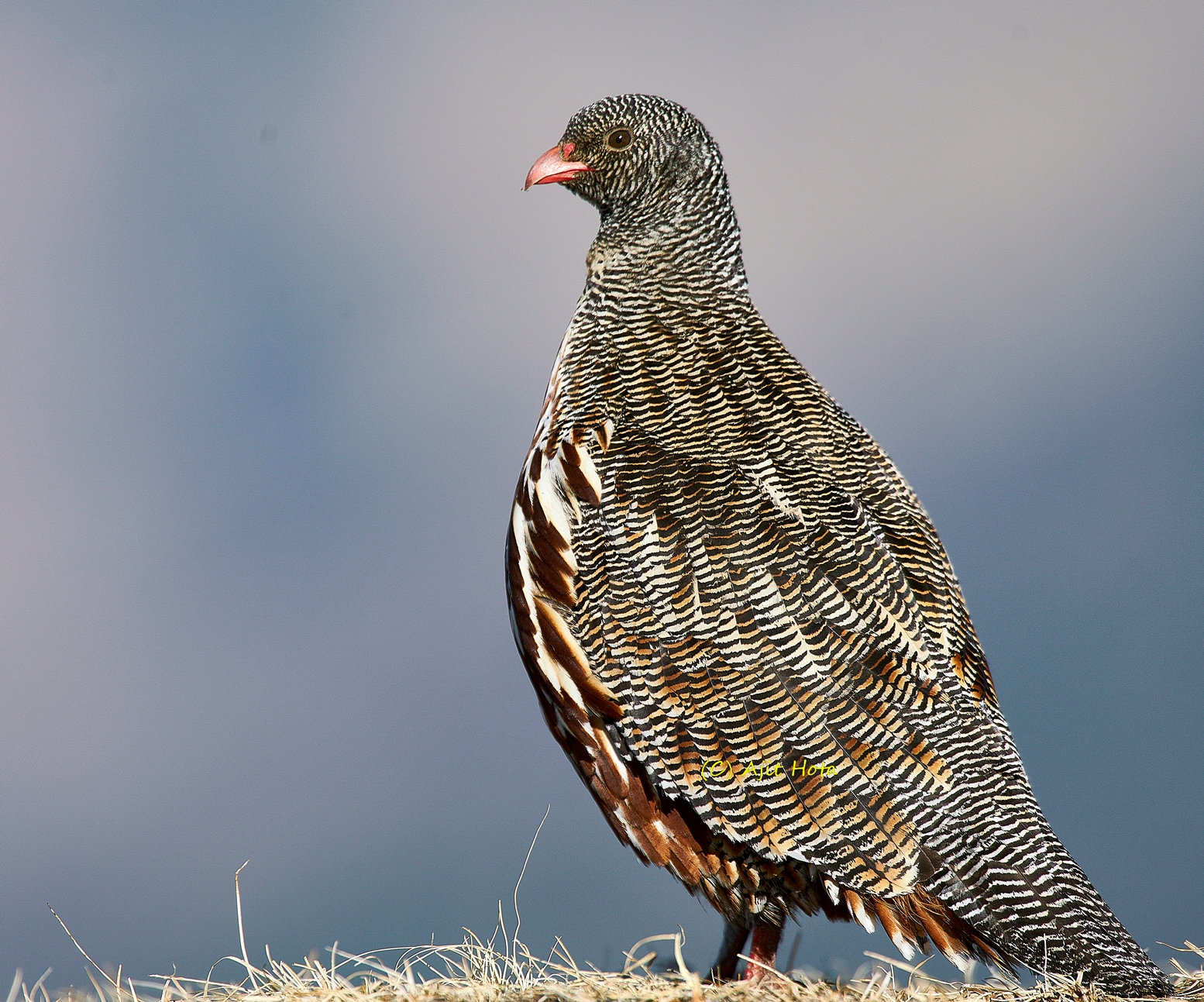|
Coturnix
''Coturnix'' is a genus of five extant species and five to eight known extinct species of Old World quail. Range These species are distributed throughout Africa, Eurasia, Australia, and formerly New Zealand. An extinct Adaptive radiation, radiation of Flightless bird, flightless, insular species is known through fossil remains from Macaronesia, which were likely wiped out by human arrival. Habits Quail of ''Coturnix'' live in pairs or small social groups and form larger groups during migration. Not all species migrate, but most are capable of extremely rapid, upward flight to escape from danger. Unlike related genera, Old World quail do not perch in trees. They devote much of their time to scratching and foraging for seeds and invertebrates on the ground. Typical habitats are dense vegetation such as grasslands, bushes alongside rivers and cereal fields. They are heavily predated upon by Accipitriformes, diurnal hawks. Taxonomy The genus ''Coturnix'' was introduced in 1764 by th ... [...More Info...] [...Related Items...] OR: [Wikipedia] [Google] [Baidu] |
Common Quail
The common quail (''Coturnix coturnix''), or European quail, is a small ground-nesting game bird in the pheasant family Phasianidae. It is mainly migratory, breeding in the western Palearctic and wintering in Africa and southern India. With its characteristic call of three repeated chirps (repeated three times in quick succession), this species of quail is more often heard than seen. It is widespread in Europe and North Africa, and is categorised by the IUCN as "least concern". It should not be confused with the Japanese quail (''Coturnix japonica)'', native to Asia, which, although visually similar, has a call that is very distinct from that of the common quail. Like the Japanese quail, common quails are sometimes kept as poultry. Taxonomy The common quail was formally described by the Swedish naturalist Carl Linnaeus in 1758 in the tenth edition of his ''Systema Naturae'' under the binomial name ''Tetrao coturnix''. The specific epithet ''coturnix'' is the Latin word for th ... [...More Info...] [...Related Items...] OR: [Wikipedia] [Google] [Baidu] |
Coturnicini
Coturnicini is a tribe of birds in the subfamily Phasianinae. It contains the Old World quail, Snowcock, snowcocks, and African spurfowl, among others. Members of this tribe have a wide range throughout Africa, Eurasia, and Australasia. This tribe contains the only members of Pavoninae native to continental Europe (''Coturnix'' and ''Alectoris''), as well as the only members of Phasianidae as a whole native to Australasia (''Coturnix'' and ''Synoicus''). This grouping was supported by a 2021 phylogenetic analysis of Galliformes, and has been accepted by the International Ornithologists' Union, International Ornithological Congress. The tribe name is accepted by the ''Howard and Moore Complete Checklist of the Birds of the World.'' Species References {{Taxonbar, from=Q16537759 Bird tribes Coturnicini ... [...More Info...] [...Related Items...] OR: [Wikipedia] [Google] [Baidu] |
Quail
Quail is a collective name for several genera of mid-sized birds generally placed in the order Galliformes. The collective noun for a group of quail is a flock, covey, or bevy. Old World quail are placed in the family Phasianidae, and New World quail are placed in the family Odontophoridae. The species of buttonquail are named for their superficial resemblance to quail, and form the family Turnicidae in the order Charadriiformes. The king quail, an Old World quail, often is sold in the pet trade, and within this trade is commonly, though mistakenly, referred to as a "button quail". Many of the common larger species are farm-raised for table food or egg consumption, and are hunted on game farms or in the wild, where they may be released to supplement the wild population, or extend into areas outside their natural range. In 2007, 40 million quail were produced in the United States. New World *Genus '' Callipepla'' ** Scaled quail, (commonly called blue quail) ''Callip ... [...More Info...] [...Related Items...] OR: [Wikipedia] [Google] [Baidu] |
Brown Quail
The brown quail (''Synoicus ypsilophorus''), also known as the swamp quail, silver quail and Tasmanian quail, is an Australasian true quail of the family Phasianidae. It is a small, ground-dwelling bird and is native to mainland Australia, Tasmania and Papua New Guinea and has been introduced to New Zealand and Fiji. Widespread and common throughout its large range, the brown quail is evaluated as being of "least concern" by the International Union for Conservation of Nature on the IUCN Red List of Threatened Species. Taxonomy Although previously classified in the genus ''Coturnix'', phylogenetic analyses have found it to form a monophyletic grouping with several other quail species, all of which have since been grouped in the genus '' Synoicus''. It is thought to be the sister species to the Snow Mountain quail (''S. monorthonyx''), which was previously classified in the genus '' Anurophasis''. The following subspecies are recognised: * ''S. y. raaltenii'' ( Müller, S, 1842 ... [...More Info...] [...Related Items...] OR: [Wikipedia] [Google] [Baidu] |
Rain Quail
The rain quail or black-breasted quail (''Coturnix coromandelica'') is a species of quail found in the Indian Sub-continent and South-east Asia; its range including Pakistan, India, Nepal, Sri Lanka, Bangladesh, Myanmar, Thailand, Cambodia and Vietnam. Taxonomy The rain quail was Species description, formally described in 1789 by the German naturalist Johann Friedrich Gmelin in his revised and expanded edition of Carl Linnaeus's ''Systema Naturae''. He placed it with all the quail like birds in the genus ''Tetrao'' and coined the binomial nomenclature, binomial name ''Tetrao coromandelicus''. Gmelin based his description on "La Petite caille de Gingi" that had been described in 1782 by the French naturalist Pierre Sonnerat in his ''Voyage aux Indes orientales et a la Chine''. The rain quail is now one of six species placed in the genus ''Coturnix'' that was introduced in 1764 by the French naturalist François Alexandre Pierre de Garsault. The genus name is the Latin for the com ... [...More Info...] [...Related Items...] OR: [Wikipedia] [Google] [Baidu] |
Pavoninae
The Phasianinae ( Horsfield, 1821) are a subfamily of the pheasant family (Phasianidae) of landfowl, the order Galliformes. The subfamily includes true pheasants, tragopans, grouse, turkey and similar birds. Although this subfamily was considered monophyletic and separated from the partridges, francolins, and Old World quails ( Perdicinae) until the early 1990s, molecular phylogenies have shown that this placement is paraphyletic. For example, some partridges ''(''genus '' Perdix'') are more closely affiliated to pheasants, whereas Old World quails and partridges from the genus '' Alectoris'' are closer to junglefowls. There are two clades in the Phasianinae: the erectile clade and the non-erectile clade, referring to erectile tissue in the non-feathered parts of the face. Both clades are believed to have diverged during the early Oligocene, about 30 million years ago. The Phasianinae are characterised by strong sexual dimorphism Sexual dimorphism is the ... [...More Info...] [...Related Items...] OR: [Wikipedia] [Google] [Baidu] |
Tribe (biology)
In biology, a tribe is a taxonomic rank above genus, but below family and subfamily. It is sometimes subdivided into subtribes. By convention, all taxa ranked above species are capitalized, including both tribe and subtribe. In zoology, the standard ending for the name of a zoological tribe is "-ini". Examples include the tribes Caprini (goat-antelopes), Hominini (hominins), Bombini (bumblebees), and Thunnini (tunas). The tribe Hominini is divided into subtribes by some scientists; subtribe Hominina then comprises "humans". The standard ending for the name of a zoological subtribe is "-ina". In botany, the standard ending for the name of a botanical tribe is "-eae". Examples include the tribes Acalypheae and Hyacintheae. The tribe Hyacintheae is divided into subtribes, including the subtribe Massoniinae. The standard ending for the name of a botanical subtribe is "-inae". In bacteriology, the form of tribe names is as in botany, e.g., Pseudomonadeae, based on the ge ... [...More Info...] [...Related Items...] OR: [Wikipedia] [Google] [Baidu] |
Clade
In biology, a clade (), also known as a Monophyly, monophyletic group or natural group, is a group of organisms that is composed of a common ancestor and all of its descendants. Clades are the fundamental unit of cladistics, a modern approach to taxonomy adopted by most biological fields. The common ancestor may be an individual, a population, or a species (extinct or Extant taxon, extant). Clades are nested, one in another, as each branch in turn splits into smaller branches. These splits reflect evolutionary history as populations diverged and evolved independently. Clades are termed ''monophyletic'' (Greek: "one clan") groups. Over the last few decades, the cladistic approach has revolutionized biological classification and revealed surprising evolutionary relationships among organisms. Increasingly, taxonomists try to avoid naming Taxon, taxa that are not clades; that is, taxa that are not Monophyly, monophyletic. Some of the relationships between organisms that the molecul ... [...More Info...] [...Related Items...] OR: [Wikipedia] [Google] [Baidu] |
Alectoris
''Alectoris'' is a genus of partridges in the family Phasianidae, closely related to Old World quail (''Coturnix'' and relatives), snowcocks (''Tetraogallus''), partridge-francolins (''Pternistis''), bush quail (''Perdicula''), and sand and see-see partridges (''Ammoperdix''). Members of the genus are known collectively as rock partridges (a name that also refers to one species in particular, ''Alectoris graeca''). The genus name is derived from the , meaning "chicken" or "farmyard fowl". Their fossils date back to the early Pleistocene, with extant representatives in southern Europe, North Africa and Arabia, and across Asia in Pakistan to Tibet and western China. Taxonomy The genus ''Alectoris'' was introduced in 1829 by German naturalist Johann Jakob Kaup to accommodate a single species ''Perdrix petrosa'', a junior synonym of ''Perdix barbara'' Pierre Joseph Bonnaterre, Bonnaterre, 1790, the Barbary partridge, which is therefore the type species by monotypy. The genus name is ... [...More Info...] [...Related Items...] OR: [Wikipedia] [Google] [Baidu] |
Snowcock
The snowcocks or snowfowl are a group of bird species in the genus ''Tetraogallus'' of the pheasant family, Phasianidae. They are ground-nesting birds that breed in the mountain ranges of southern Eurasia from the Caucasus to the Himalayas and western China. Some of the species have been introduced into the United States. Snowcocks feed mainly on plant material. Characteristics Snowcocks are bulky, long-necked, long-bodied partridge-like birds. Males and females are generally similar in appearance but females tend to be slightly smaller and rather duller in colouration than males. They are generally grey with varying amounts of white, black and brown according to species and with distinctive white under tail-coverts. Their plumage is thick with a downy base to the feathers which helps them to withstand severe winter temperatures that may fall to . The colour of juvenile snowcocks is similar to the colour of the females and the young are not fully grown until their second year of ... [...More Info...] [...Related Items...] OR: [Wikipedia] [Google] [Baidu] |
Jungle Bush Quail
The jungle bush quail (''Perdicula asiatica'') is a species of quail in the family Phasianidae. It is native to the Indian subcontinent, where it is found in peninsular India and Sri Lanka. It has also been reported from Nepal but has not been seen there since the 19th century, and an introduced population exists on the island of Réunion. A small species of quail long and weighing , it shows significant sexual dimorphism. Males have brown with blackish and buff marking and whitish with black barring. The face is mainly dark reddish-brown, with brown , a buffy-white , and the turning whitish towards the back of the neck. Females have a similar pattern, but with pinkish-brown underparts, more uniform wings, and duller moustachial stripes. The species inhabits dry areas with shrubby or rocky cover in a variety of habitats. It feeds on seeds and small insects, typically in small groups of 6–25 birds. Breeding starts at the end of the rains and lasts until the end of the cold ... [...More Info...] [...Related Items...] OR: [Wikipedia] [Google] [Baidu] |





